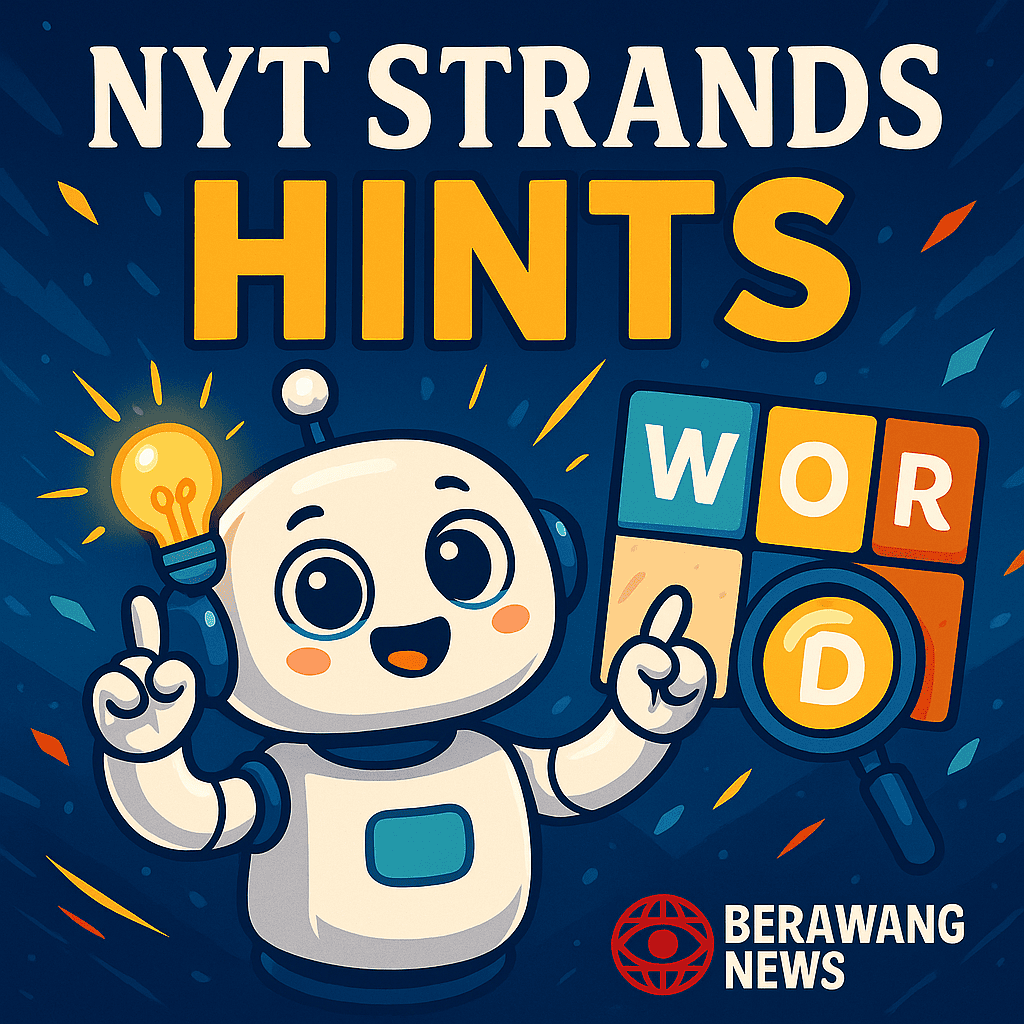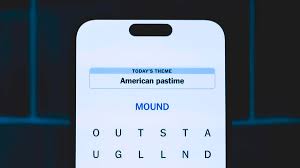The New York Times's newest word game sensation, Strands, has been captivating puzzle enthusiasts with its daily challenges and intriguing themes. The game, available on the NYT website and app, offers a fresh puzzle each day for players to solve. Strands features unique gameplay mechanics that require players to uncover hidden words that fit a specific theme, leading to an engaging and rewarding experience.
For those seeking a mental workout, Strands offers a stimulating puzzle that tests vocabulary skills and lateral thinking. Daily themes add a layer of intrigue to the gameplay, with each puzzle presenting a new challenge for players to tackle. Additionally, the inclusion of spangrams, such as the one featured in the October 5 puzzle with the answer "ITSATRAP," adds an extra element of complexity that keeps players on their toes.
In a recent Strands puzzle, the theme "Connections" encouraged solvers to uncover how various clues were related to one another. This thematic approach not only made the puzzle more engaging but also highlighted the interconnectedness of ideas, challenging players to think creatively and make distinct connections between different concepts.
The October 3 Strands puzzle, with a mix of accessible and challenging clues, provided an intermediate level of difficulty that appealed to a wide range of players. This balance ensured that both seasoned solvers and newcomers could enjoy the puzzle while still facing a satisfying challenge.
One notable feature of the Strands puzzle is the incorporation of a Spangram, a puzzle type that utilizes every letter of the alphabet at least once. This element adds an additional layer of complexity and requires players to think critically about how to incorporate all 26 letters into the puzzle. Spangrams are not only fun to solve but also serve as an excellent exercise for enhancing vocabulary and cognitive flexibility.
Engaging with Strands and other puzzles has been shown to have significant mental health benefits. Studies have indicated that regularly solving puzzles can improve cognitive function and mood, making them a valuable leisure activity for individuals looking to challenge their minds and promote mental well-being.
As the digital landscape continues to evolve, online platforms have made puzzles like Strands more accessible to a wider audience. Digital formats offer interactive features, instant feedback on answers, and the ability to collaborate with others, enhancing the overall puzzle-solving experience.
Looking ahead, the future of puzzles like Strands is promising, with potential innovations in design and gameplay on the horizon. As technology advances, opportunities for creative puzzle-solving experiences will continue to expand, offering enthusiasts new ways to engage with their favorite word games.
In conclusion, the NYT Strands puzzle remains a beloved pastime for puzzle enthusiasts, offering a blend of challenge, creativity, and mental stimulation. With its daily puzzles, engaging themes, and innovative gameplay mechanics, Strands proves to be a delightful addition to the world of word games, encouraging players to connect, think critically, and have fun with each new puzzle.


